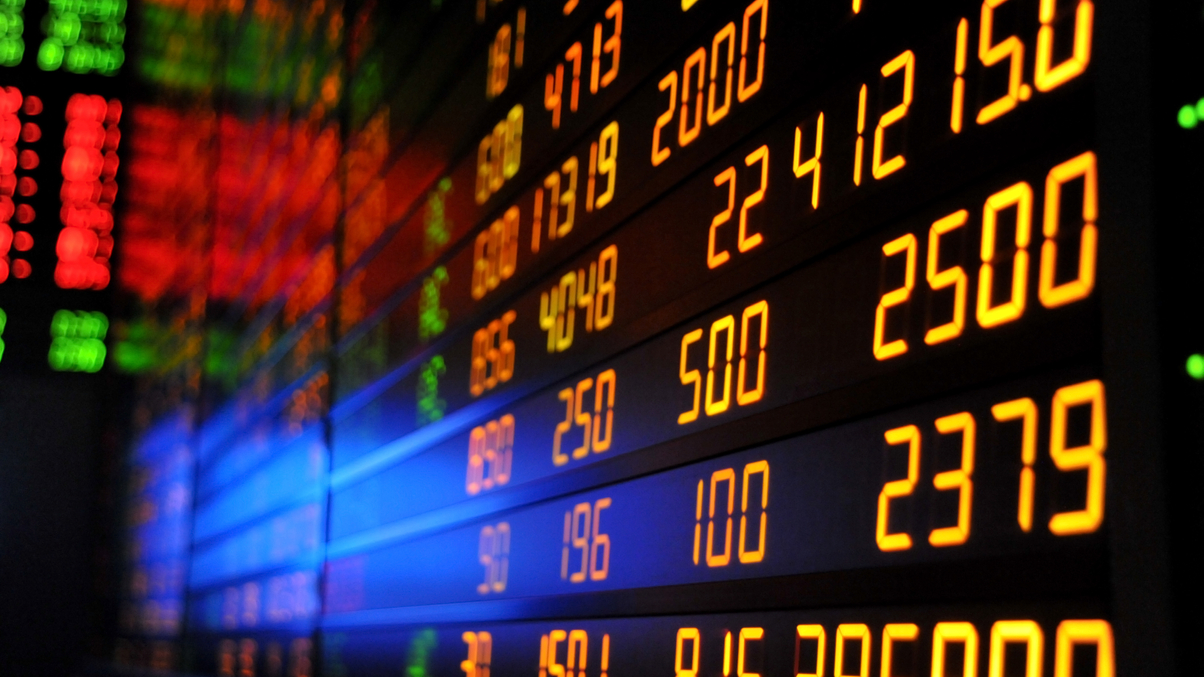Ashmore dissects emerging market exodus
Hedge funds, urged by banks to buy big into EM debt ahead of Japanese institutions, were left high and dry, says the UK fund house's co-head of research.

Hedge funds were the biggest sellers in the exodus from emerging market debt this summer, after expected Japanese investor flows into the asset class never materialised, according to EM-focused fund house Ashmore.
Sign In to Your Account
Access Exclusive AsianInvestor Content!
Please sign in to your subscription to unlock full access to our premium AI resources.
Free Registration & 7-Day Trial
Register now to enjoy a 7-day free trial—no registration fees required. Click the link to get started.
Note: This free trial is a one-time offer.
¬ Haymarket Media Limited. All rights reserved.


